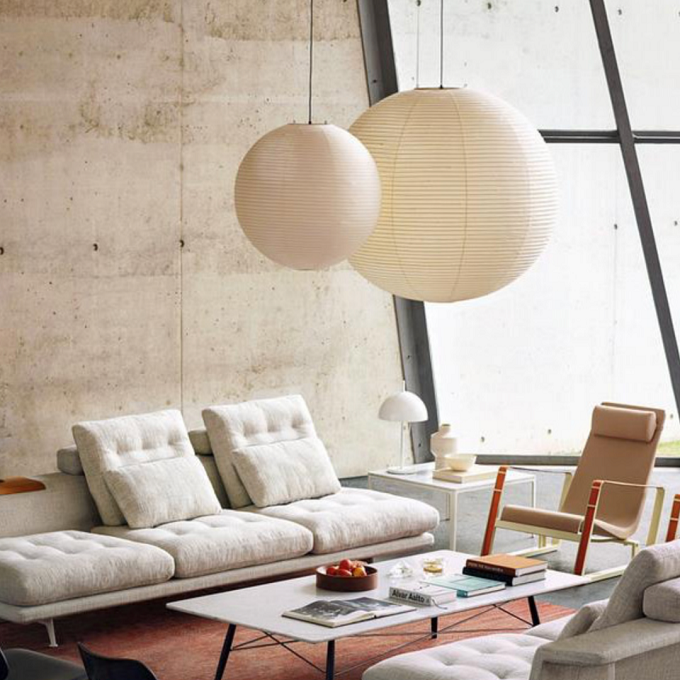
Creating a living style guide can be daunting. It involves both technology and human capital and the resulting guide is a living representation of an application’s evolution, its state of mind and the most effective means to communicate a particular design’s merits to the world. While there are numerous software packages and methods available to do so, the most effective living style guide is one that reflects the needs of the team it serves. The guide should be flexible, yet comprehensive, and should always be updated in light of new developments, including the latest in CSS and other technology.
One of the most common types of living style guide is the site map, which is a visual representation of a site’s content that provides a quick overview of the content, layout, and navigation options. It also highlights how the site was built and its overall design language. For example, a site map is the most appropriate way to present a home page and a site map is also the best way to display content on a blog or website.Tonsonshop
Other forms of living style guide include the DocumentCSS and the Modular Way. Living style guides can be used in tandem with other methods such as the Style Guide Driven Development Approach. They also help the design team move faster and more effectively while maintaining brand cohesion. They may be difficult to create, but they can be useful in a number of ways. For example, they are helpful in reducing duplicated CSS, which is one of the biggest complaints about web sites. A living style guide can also help to ensure that a site’s code is coded correctly, resulting in a more consistent user experience.
A living style guide is not without its flaws, however. One of the more common problems involves using CSS and other technologies to create a website that looks great on desktop computers, but is difficult to display on tablets and mobile phones. This is especially true if the site is designed to be viewed in landscape mode, which requires an entirely different approach. There are several ways to overcome this problem, but the best way to go about it is to use a combination of documentCSS and Modular Way to create an end-to-end solution that works for all users.
Another living style guide worthy of note is the Cathelat B. The Cathelat is a fabled social-styles-systeme that originated in France, and its name refers to a small wooden pyramid with a nifty stairway that leads to the top of the pyramid. It was built in the mid-1700s to facilitate social interactions. It has since been redesigned into a contemporary structure. The site has many of the same features as the original, but now serves a wider range of users.
One of the most important features of a living style guide is that it provides a common language for design and development teams, helping them communicate more effectively. These types of guides also help developers to translate the company’s brand and design directions to the web, which can be tricky. In addition, they provide standards for application style and design, which can help developers to build consistent and effective UI designs.

